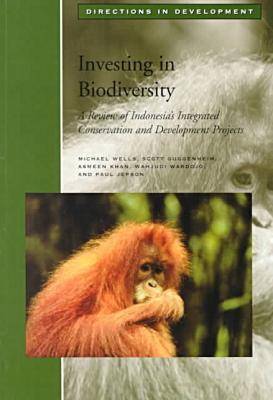'Indonesia is one of the two most biologically diverse nations on earth. The country's thousands of islands include 10 percent of the world's known plant species, 12 percent of its mammals, 16 percent of reptiles and amphibians, 17 percent of birds, and 25 percent of fish.' In a country where conservation awareness or support for nature conservation and Protected Areas (PAs) is lacking throughout the society, efforts to promote ICDPs (Integrated Conservation and Development Projects) will work only if the Government of Indonesia and provincial governments first demonstrate a strong commitment to protecting conservation areas and their surroundings. Current ICDP components, based on simplistic ideas of making limited short-term investments in local development and hoping this will somehow translate into sustainable resource use and less pressure on PAs, need to be abandoned. The objectives of this study are: 1. to consider the ICDPs' overall contribution to conserving Indonesia's biodiversity; 2. to assess their cost-effectiveness, sustainability, and replicability; and 3. to identify lessons for future conservation efforts. This study emphasized the use of qualitative information, supplemented by limited quantitative analysis from case studies, interviews, and an extensive review of project documentation (mainly plans, progress reports, and evaluations).
- ISBN13 9780821344194
- Publish Date 30 July 1999
- Publish Status Active
- Out of Print 30 June 2021
- Publish Country US
- Imprint World Bank Publications
- Format Hardcover
- Pages 119
- Language English
